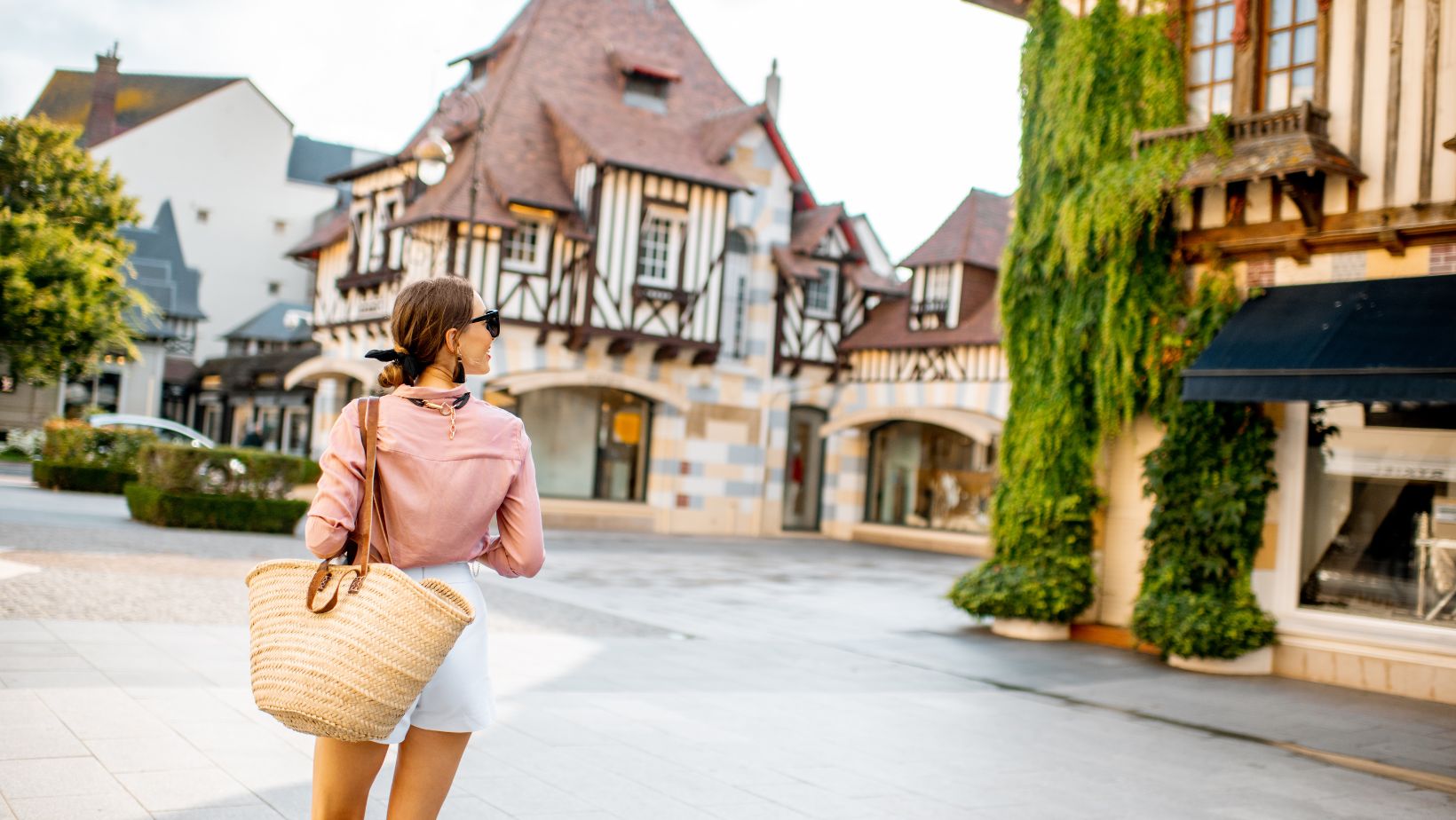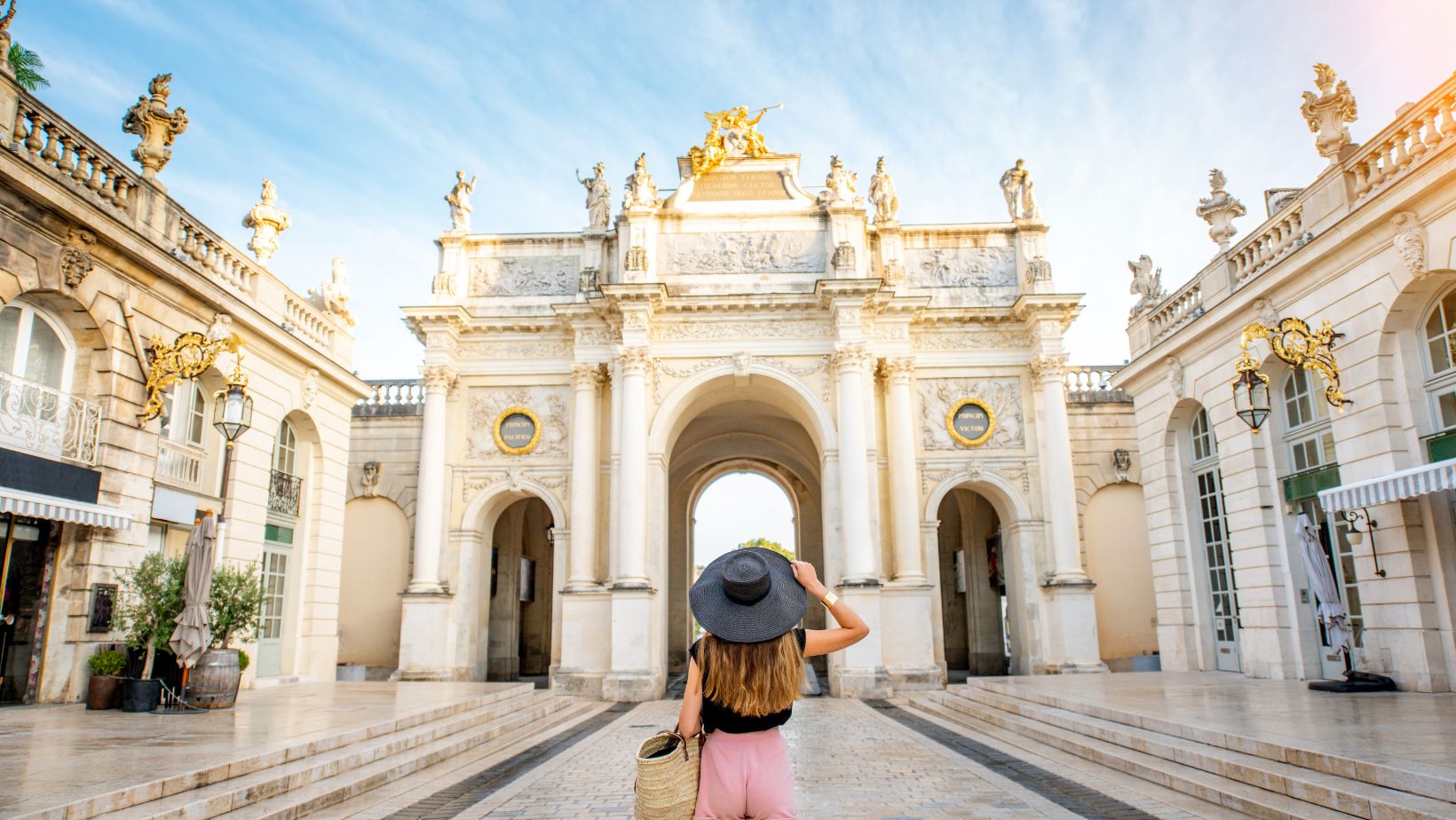In the age of digital navigation, discovering hidden gems has never been easier, yet the intrigue of places like “map:0x7rer6doli= Lebanon” continues to captivate. This mysterious code represents more than just coordinates; it opens a window to the rich tapestry of Lebanon’s culture and history. Known for its vibrant cities and breathtaking landscapes, Lebanon offers a unique blend of tradition and modernity.
Travelers and locals alike are drawn to Lebanon’s diverse attractions, from ancient ruins to bustling markets. The country’s allure lies in its ability to seamlessly merge the past with the present, offering experiences that cater to history buffs and adventure seekers. As technology evolves, decoding such map references becomes essential for those eager to explore Lebanon’s hidden treasures. Whether it’s a forgotten village or a scenic vista, “map:0x7rer6doli= Lebanon” promises a journey filled with discovery and wonder.
Map:0x7rer6doli= Lebanon
 map:0x7rer6doli= Lebanon represents a geolocation tag used in digital mapping systems. This tag facilitates access to Lebanon’s diverse attractions by encapsulating geographical data. Users entering this code in a mapping application gain insights into Lebanon’s cultural and historical landmarks (e.g., Byblos Castle, Baalbek Ruins). Each site holds unique significance and contributes to Lebanon’s historical narrative.
map:0x7rer6doli= Lebanon represents a geolocation tag used in digital mapping systems. This tag facilitates access to Lebanon’s diverse attractions by encapsulating geographical data. Users entering this code in a mapping application gain insights into Lebanon’s cultural and historical landmarks (e.g., Byblos Castle, Baalbek Ruins). Each site holds unique significance and contributes to Lebanon’s historical narrative.
Location-specific codes like map:0x7rer6doli= Lebanon assist travelers in exploring less-known destinations. For instance, mapping technology can guide visitors to hidden gems within Beirut’s vibrant streets or the serene landscapes of the Chouf Mountains. These tools enhance travel experiences by providing detailed directions and information.
Geolocation tags play a crucial role in modern travel, especially in discovering culturally rich areas. map:0x7rer6doli= Lebanon serves as a digital bridge connecting users to the country’s enchanting blend of heritage and modern attractions. As technology evolves, reliance on digital maps for travel efficiency continues to grow, making such codes increasingly valuable.
Historical Significance
 Lebanon boasts a rich historical tapestry, woven from a series of ancient civilizations. Archeological sites like the Baalbek Ruins and Byblos Castle reflect its deep historical roots. Baalbek, located in the Beqaa Valley, houses one of the largest and most well-preserved Roman temple complexes. Byblos, one of the oldest continuously inhabited cities globally, holds significance as the birthplace of the alphabet. These landmarks, marked by “map:0x7rer6doli= Lebanon,” provide a portal into the past.
Lebanon boasts a rich historical tapestry, woven from a series of ancient civilizations. Archeological sites like the Baalbek Ruins and Byblos Castle reflect its deep historical roots. Baalbek, located in the Beqaa Valley, houses one of the largest and most well-preserved Roman temple complexes. Byblos, one of the oldest continuously inhabited cities globally, holds significance as the birthplace of the alphabet. These landmarks, marked by “map:0x7rer6doli= Lebanon,” provide a portal into the past.
Phoenicians, an ancient civilization known for maritime trade, significantly influenced Lebanon’s history. They established Byblos as a center of commerce and invention, contributing heavily to cultural development. Roman, Byzantine, and Ottoman empires further shaped the region, leaving behind a legacy of architectural marvels and cultural fusion, as seen in the Roman ruins in Tyre.
Crusader Castles, such as the Citadel of Raymond de Saint-Gilles, illustrate the era of the Crusades impacting Lebanon’s landscape. These fortifications, blending Frankish and Western architectural elements, echo the strategic importance of Lebanon in medieval history. The inclusion of these sites in digital maps assists modern travelers to connect with this storied past comprehensively.
Cultural Highlights
 Lebanon’s cultural tapestry is vibrant and diverse, rooted in centuries of history and tradition. This section explores local traditions and cuisine, offering insight into the country’s rich cultural heritage. Lebanon’s local traditions reflect its diverse historical influences. Folk dance, such as the energetic Dabke, plays a key role in celebrations, with the Dabke performed at weddings and festivals. Artisans craft intricate embroidery, producing traditional costumes and home textiles that feature in ceremonies and rituals. Music forms part of the cultural landscape, with genres like Tarab and Muwashshah expressing deep emotion and poetic themes. Language diversity, with both Arabic and French spoken widely, showcases Lebanon’s colonial history, adding depth to its multicultural society.
Lebanon’s cultural tapestry is vibrant and diverse, rooted in centuries of history and tradition. This section explores local traditions and cuisine, offering insight into the country’s rich cultural heritage. Lebanon’s local traditions reflect its diverse historical influences. Folk dance, such as the energetic Dabke, plays a key role in celebrations, with the Dabke performed at weddings and festivals. Artisans craft intricate embroidery, producing traditional costumes and home textiles that feature in ceremonies and rituals. Music forms part of the cultural landscape, with genres like Tarab and Muwashshah expressing deep emotion and poetic themes. Language diversity, with both Arabic and French spoken widely, showcases Lebanon’s colonial history, adding depth to its multicultural society.
Cuisine and Dining
Lebanese cuisine offers a flavorful journey through its culinary landscape. Mezze, a selection of small dishes like hummus and tabbouleh, starts many meals, showcasing a variety of flavors and textures. Grilled meats, including shish taouk and kofta, highlight Lebanon’s affinity for spices and marinades. Fresh ingredients, such as olive oil, garlic, and lemon, are staples in dishes, reflecting a Mediterranean influence. Dessert delights, like baklava and knafeh, provide a sweet finish to meals, with fragrant spices and nuts enhancing the experience. Eating customs often involve communal sharing, fostering a sense of community and hospitality.

